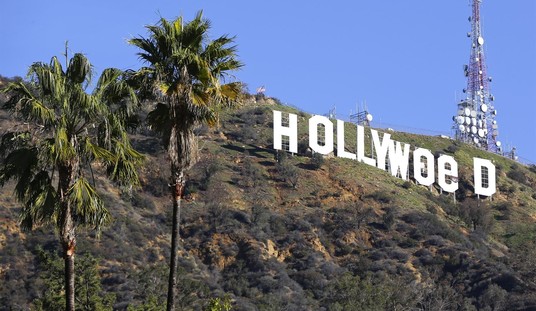The environmental movement has used “green schemes”—campaigns that changed an industry or damaged the economy for naught. Three specific schemes, with a long history available, offer a glimpse of the environmentalist’s modus operandi.
It is hard to imagine a bigger failure—or a greater success. If you strive for open and honest government policy that is straight forward about its goals, the twenty-year spotted owl experiment failed. If you believe the end justifies the means, regardless of the cost in life or livelihood, then it represents a great success.
Third of a three-part series of excerpts from Energy Freedom by Marita Noon
The Defenders of Wildlife state: “the northern spotted owl lives in old growth forests” and lists “loss of old growth forest as a result of logging and forest fragmentation” as “the biggest threat.” As a result of this belief, the spotted owl was listed as “threatened” and then in 1992 “endangered.” Since then, activities central to American economic might have been blocked.
The spotted owl dispute has shut down a substantial part of federal timber harvest and threatens logging on private lands. Nearly 100,000 jobs have been lost. After twenty years, the spotted owls should be multiplied to the point of being a pest. Instead they’ve continued to decline.
Back in the days when the environmental movement was born, DDT was a hot topic—popularized by Rachel Carson’s book Silent Spring. DDT was an early battle of the young environmental movement.
Recommended
DDT was used extensively during WWII to control typhus and malaria, then it was used successfully as an agricultural insecticide. The US Department of Agriculture promoted its use because it increased crop yield. DDT’s use was so effective it did virtually eliminate malaria. The NYT stated, “We forgot why we once needed it.”
Carson’s premise was that DDT was poisoning wildlife and the environment and endangered human health—claiming that DDT thinned the egg shells of birds. Despite seven months and 9,000 pages of testimony that led an EPA administrative law judge to determine that “The use of DDT under the regulations involved here do not have a deleterious effect on …wildlife.” Yet William Ruckelshous banned the use of DDT—though he admitted the decision was “political.”
While malaria is no longer a concern for America, such is not the case for developing countries. Since DDT was banned in 1972, malaria has become Africa’s largest killer—billions have been stricken by malaria and tens of millions have died.
The science that caused DDT to be banned is spotty at best, the decision to ban DDT was admittedly political, and many who originally opposed DDT now acknowledge that it is the most powerful, long-lasting mosquito repellant ever invented and has been proven to virtually eliminate malaria—yet environmental groups still oppose its use.
Ethanol is much the same. It actually has a long history in America. It was the fuel for the early automobiles. But then oil was refined into gasoline. It was much more effective than ethanol and, in the free market, ethanol producers went broke.
It made a re-appearance in the 1970’s, in the days of gas lines and high prices. The modern ethanol renaissance began in 1990 with amendments to the clean air act. Even the most ardent supporters admit, it takes a gallon of petroleum to produce a gallon of ethanol.
The promotion of ethanol is one more example of a government out of touch—cutting what we are good at to fund what doesn’t work.
The public perception is that too much green is never enough. Green is the driver for American energy policy—and we’re being taken for a ride.
Originally published in the Washington Examiner

























Join the conversation as a VIP Member